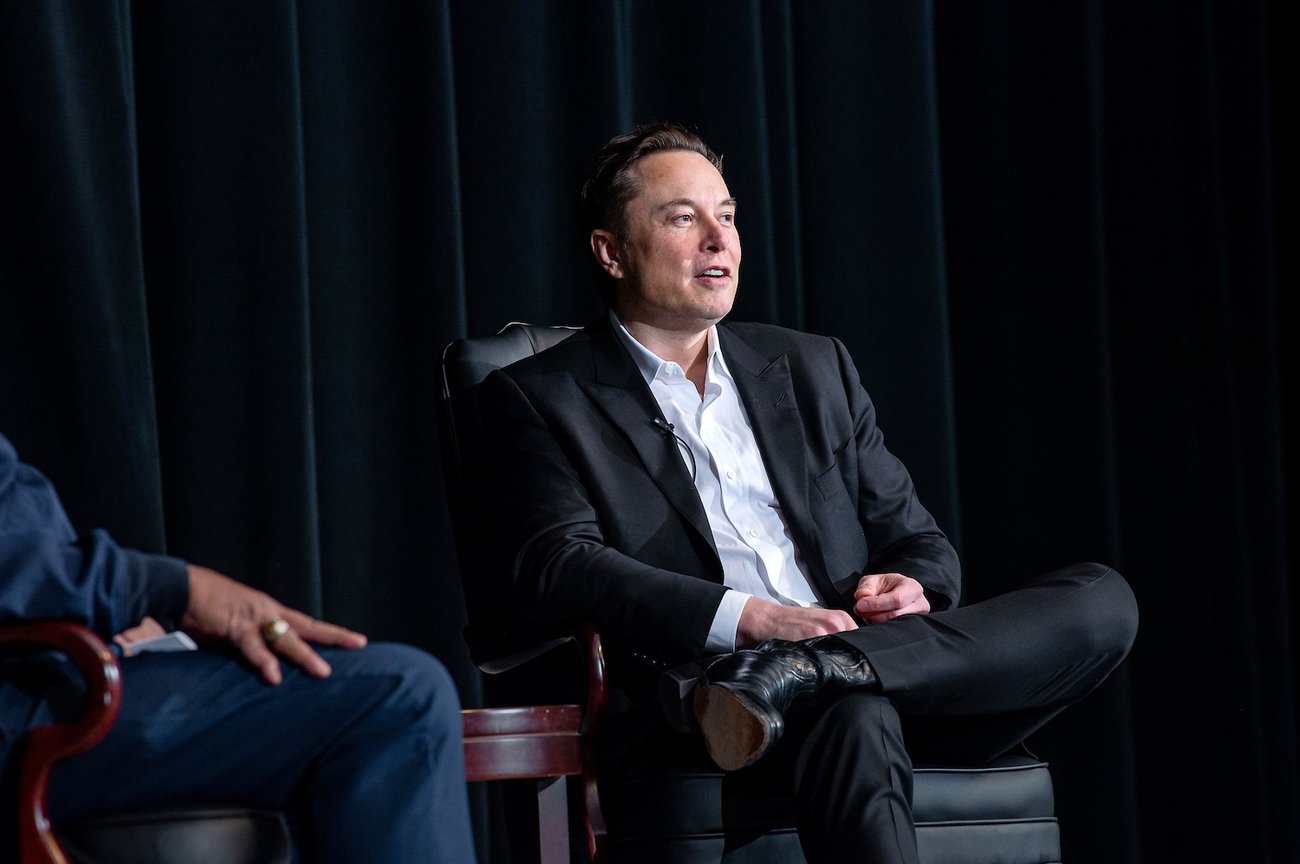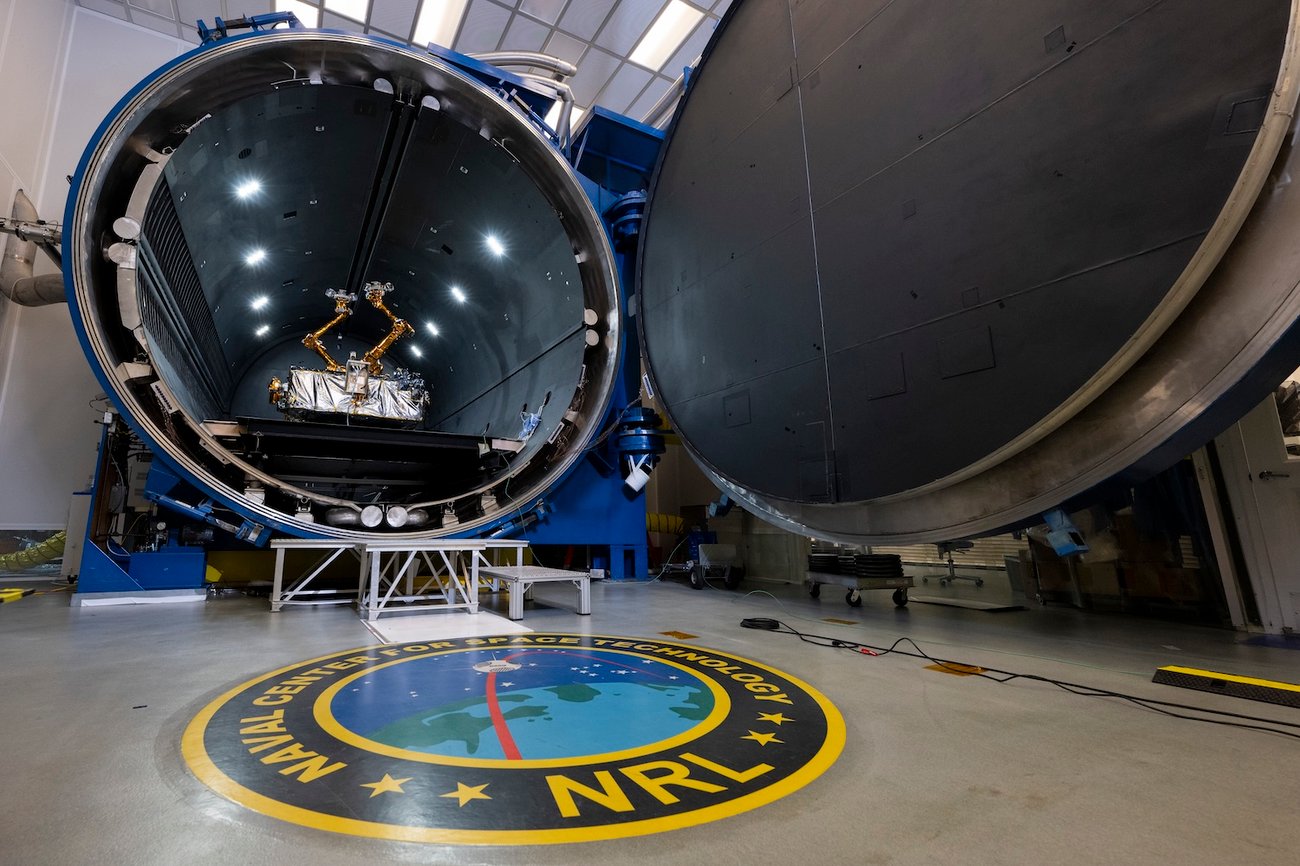|
11/21/2024 |
|
National security insights for space professionals. Delivered Tuesdays. |
|
View in Browser |
|
|
|
|
Welcome to this week's edition of SpaceNews Military, your concise source for the latest developments at the intersection of space and national security. In this issue, we cover:
- What to expect from the Musk-Ramaswamy government efficiency push
- Will Trump push for a Department of the Space Force?
- Comments deadline extended for export control reforms
If this newsletter was forwarded to you, sign up for free here |
|
|
|
 |
|
Trump's 'DOGE' initiative sparks uncertainty in government contracting sectors
President-elect Donald Trump's proposed Department of Government Efficiency (DOGE) — with tech billionaires Elon Musk and Vivek Ramaswamy at its helm — is raising eyebrows and market concerns.
The nascent initiative, positioned as an advisory commission working alongside the White House Office of Management and Budget, promises radical restructuring of federal agencies. Its name — a playful nod to Musk's cryptocurrency connections — signals a distinctly unconventional approach to government streamlining.
Market jitters and potential impact
-
Financial markets have already registered their unease. Defense and federal services stocks underperformed the S&P 500 last week, reflecting investor anxiety about potential sweeping changes.
-
However, "DOGE's bark is far louder than its likely bite," noted Byron Callan, defense industry analyst at Capital Alpha Partners. His assessment suggests that while the initiative has generated significant buzz, its actual implementation may prove more moderate than its rhetoric suggests, and its success will depend on navigating complex governmental landscapes and securing broader political support.
Ramaswamy has hinted at aggressive cost-cutting strategies, including:
Such dramatic reductions face significant practical hurdles. The largest civilian employers — the Department of Defense (34%), Department of Veterans Affairs (21%), and Department of Homeland Security (9%) — would be particularly challenging to downsize at such scale.
Political and practical constraints
-
Crucially, DOGE's recommendations would require congressional approval for any major budget modifications. While executive actions can initiate certain changes, comprehensive federal spending alterations necessitate legislative support.
-
Lawmakers from both parties are likely to mount robust resistance to any DOGE-recommended cuts that could disproportionately impact jobs, federal facilities or economic infrastructure in their home states and districts.
Transparency and conflict of interest concerns
-
The involvement of Musk — whose SpaceX conducts billions of dollars in government contracts — has raised conflict of interest questions. Musk, meanwhile, has promised full transparency, pledging to publish all DOGE actions online.
-
A Trump transition spokesperson told ABC News that the team will "ensure the Department of Government Efficiency and those involved with it are compliant with all legal guidelines related to conflicts of interest."
|
 |
|
‘Department of the Space Force’ debate poised for revival
The future of the U.S. Space Force is poised to reemerge as a policy debate under the incoming administration. One potential point of discussion is whether the Space Force should continue as part of the Department of the Air Force or evolve into its own department with a dedicated civilian leadership structure akin to the Army, Navy, and Air Force.
Defense insiders suggest the idea of a Department of the Space Force could gain traction, although institutional and budgetary hurdles remain.
"Eventually, the Space Force has to have its own department,” Douglas Loverro, a former Defense Department and National Reconnaissance Office official, said during a recent episode of The Downlink Podcast.
-
Loverro played a central role in shaping the legislation that created the Space Force in 2019 and was involved in negotiating with lawmakers and the Trump administration.
-
Although initially envisioned as a standalone department, the Space Force was instead placed under the Air Force to minimize bureaucratic expansion and ensure congressional approval.
-
Loverro explained that this compromise was crucial at the time, as lawmakers were wary of adding significant overhead to the Pentagon’s budget.
-
“You can’t always get what you want within politics. It’s got to be a compromise,” said Loverro.
Dependence on the Air Force
The Space Force is heavily reliant on the Air Force for operational support, infrastructure, and personnel management. While this arrangement has streamlined its integration into the military, it has also raised concerns about the Space Force’s ability to develop a distinct identity and doctrine.
-
“Maybe that's the best solution for right now,” Loverro noted. “However, the Space Force needs to have a doctrine and a character and a culture that is not Air Force in nature.”
-
Given Trump's focus on curbing government's administrative sprawl, any push to create a separate Department of the Space Force would likely require cuts elsewhere in DoD.
|
|
|
|
|
|
|
Space tech export controls get extra review time
The Commerce Department is giving stakeholders more time to weigh in on proposed space technology export reforms, extending the public comment period an additional 30 days until Dec. 23.
The proposed reforms change how the U.S. manages sensitive space-related technologies, potentially reducing bureaucratic barriers for allied nations while maintaining national security safeguards.
Reforms in brief:
-
Removal of licensing requirements for remote sensing satellites and spacecraft servicing technologies to Australia, Canada, and the United Kingdom
-
Potential reclassification of space technologies from the stringent U.S. Munitions List to the more flexible Commerce Control List
-
Expanded license exceptions for spacecraft components to over 40 allied countries, including NATO members
The Commerce and State Departments are threading a delicate needle, facilitating innovation and international cooperation while protecting U.S. technological advantages.
|
|
|
|
|
Northrop Grumman’s SpaceLogistics subsidiary is eyeing a 2026 launch for its next-generation satellite servicing vehicle, the Mission Robotic Vehicle, equipped with robotic arms developed by the U.S. Naval Research Laboratory.
NRL announced last week that the pair of robotic arms completed crucial thermal vacuum testing and are now at Northrop’s satellite integration facility in Dulles, Virginia. The arms were developed under a Defense Advanced Research Projects Agency (DARPA) contract.
“This robotic payload promises to transform satellite operations in geostationary orbit, reduce costs for satellite operators, and enable capabilities well beyond what we have today,” said NRL’s director of research Bruce Danly.
|
 |
|
|
|
|
|
|
Kratos Defense & Security Solutions secured a $116.7 million contract from the U.S. Space Development Agency (SDA) to develop a ground system that supports missile-defense operations with data from low Earth orbit satellites.
The five-year contract is part of the Advanced Fire Control Ground Infrastructure (AFCGI) program, intended to establish a central, cloud-based command hub for missile-tracking satellite systems.
Kratos will build the ground infrastructure to facilitate the coordination of real-time data across a constellation of missile-tracking satellites.
|
|
|
 |
|
ABL Space Systems, a six-year-old launch startup, announced it is exiting the commercial launch market to focus on missile defense programs for the Pentagon. The move comes after a string of setbacks and mounting challenges in gaining traction against dominant players like SpaceX and Rocket Lab.
The company cited diminishing opportunities in the launch industry and geopolitical tensions as key factors driving the decision. ABL plans to repurpose its RS1 rocket, originally designed to carry small satellites into orbit, for military applications.
|
|
|
|
|
What's New With SpaceNews? |
|
Don't forget to sign up for our next webinar! |
 |
|
Join us November 20 at 1:00 PM EST for a discussion on a groundbreaking initiative from the National Geospatial-Intelligence Agency (NGA) — a $700 million investment in data labeling to empower artificial intelligence in geospatial intelligence. |
|
|
|
|
|
|